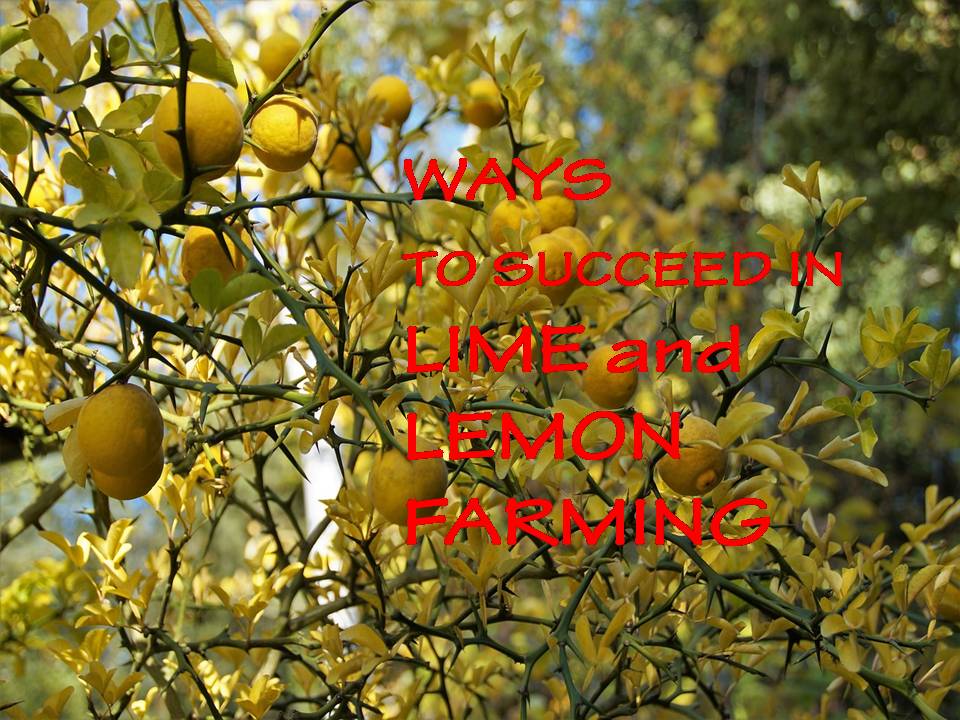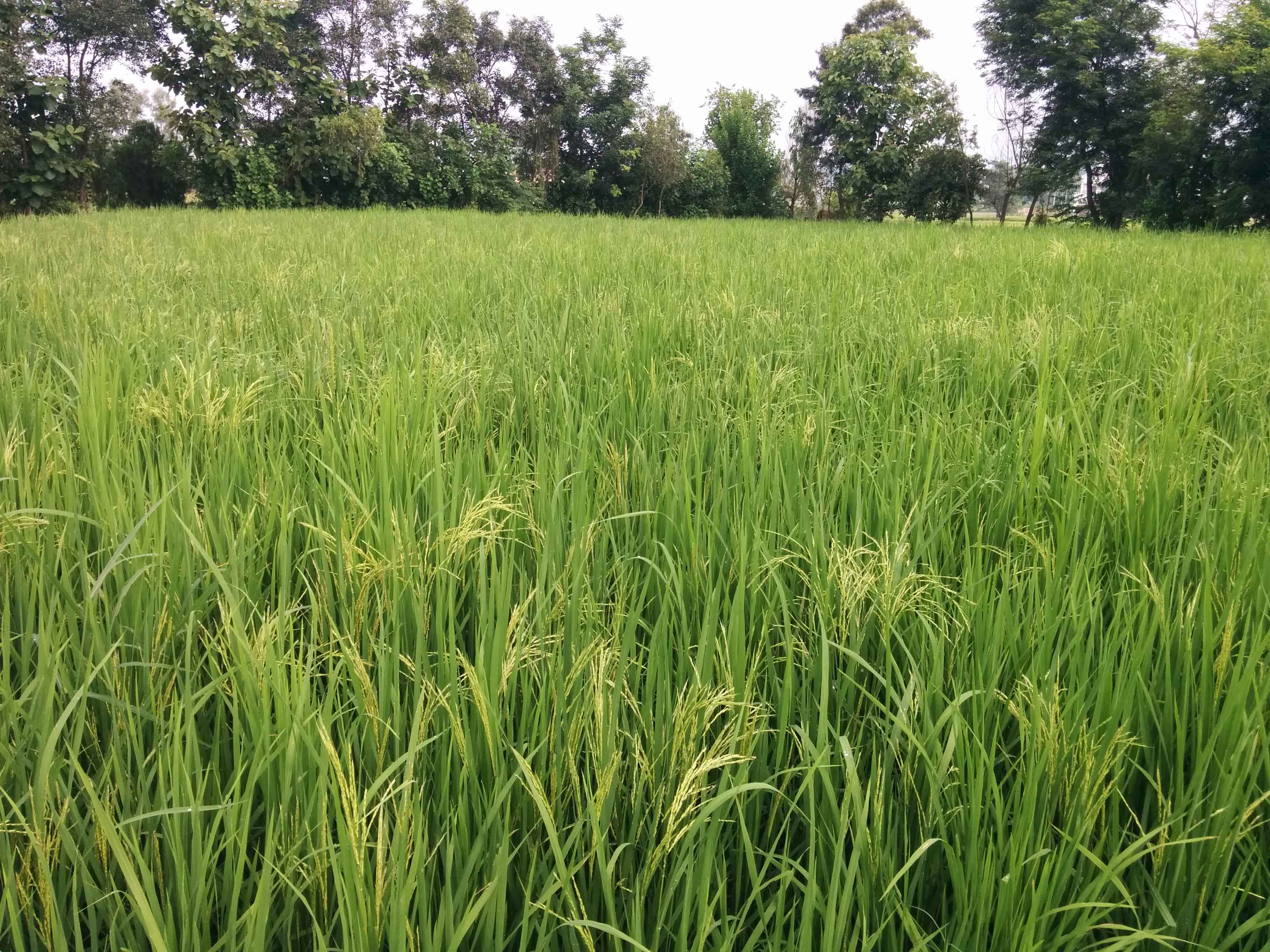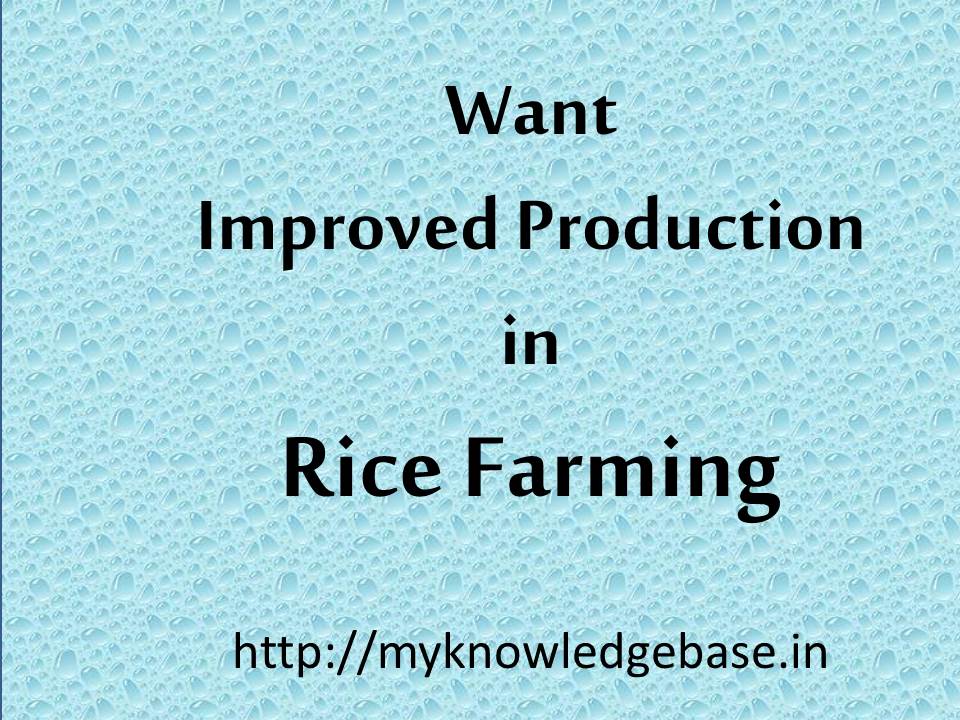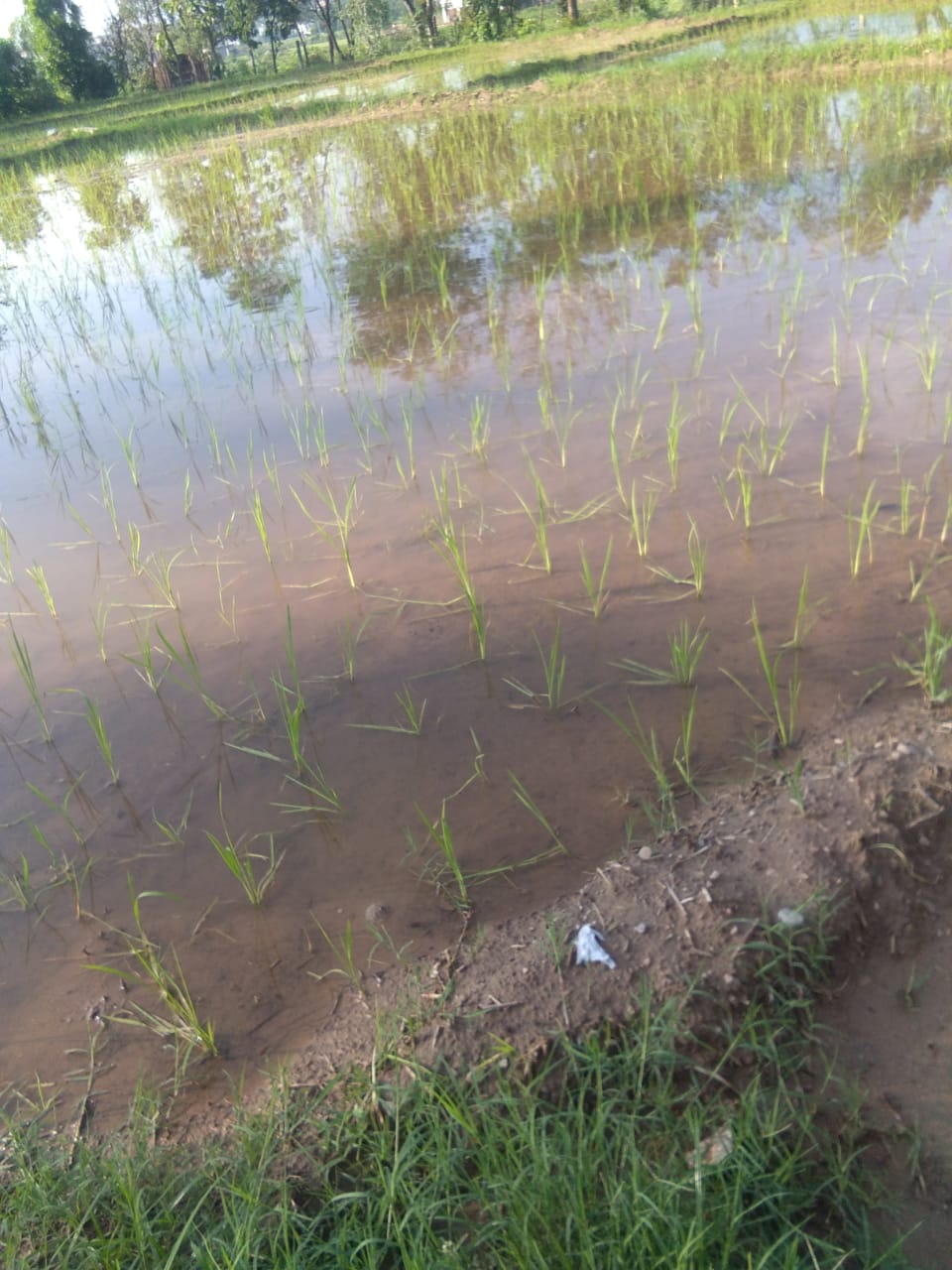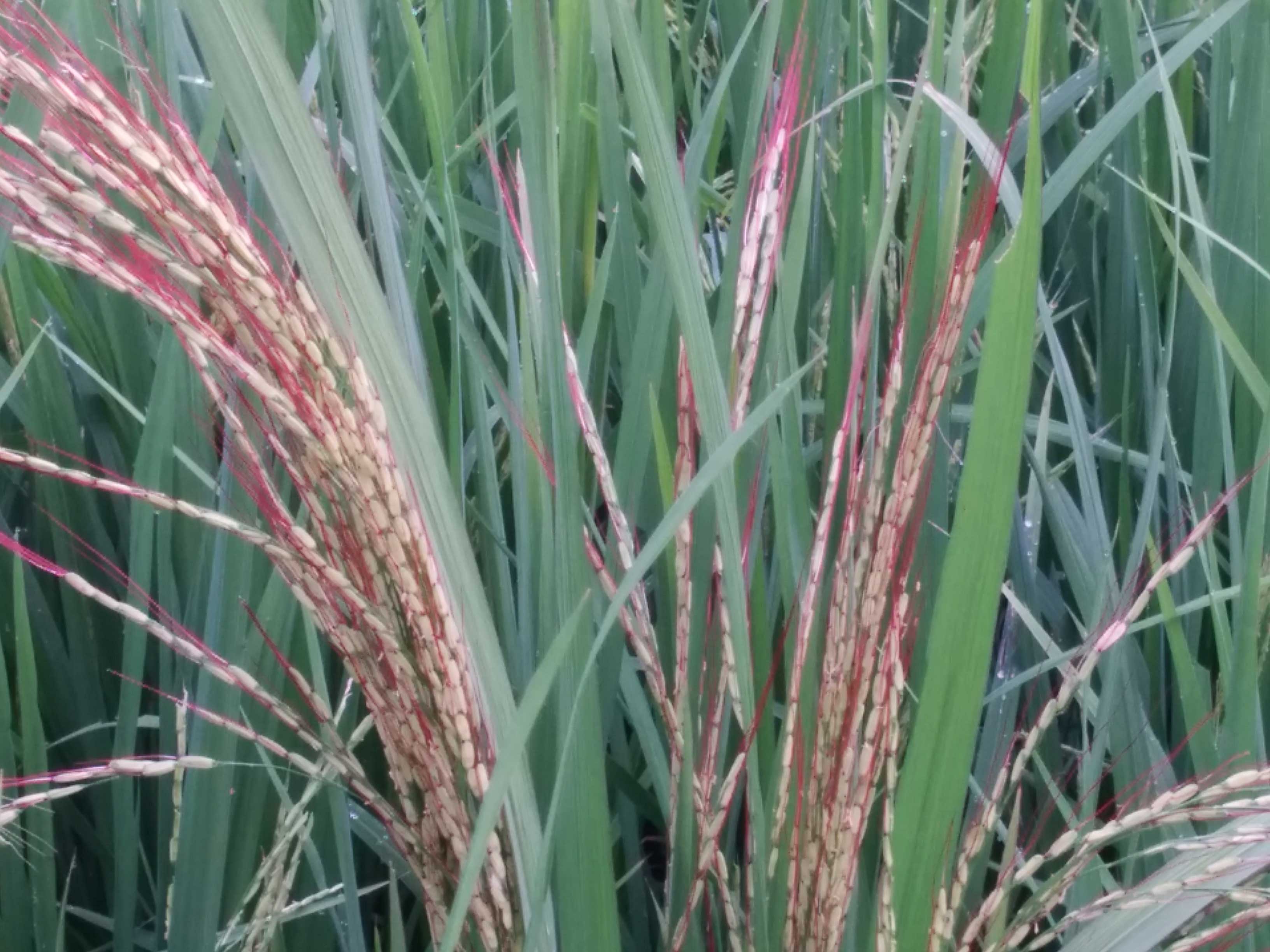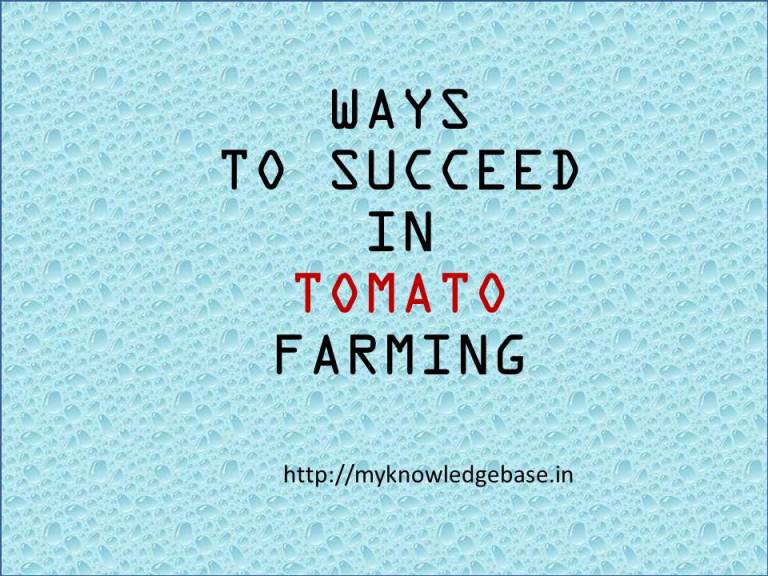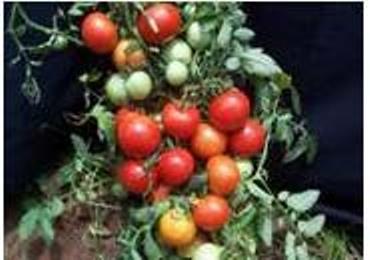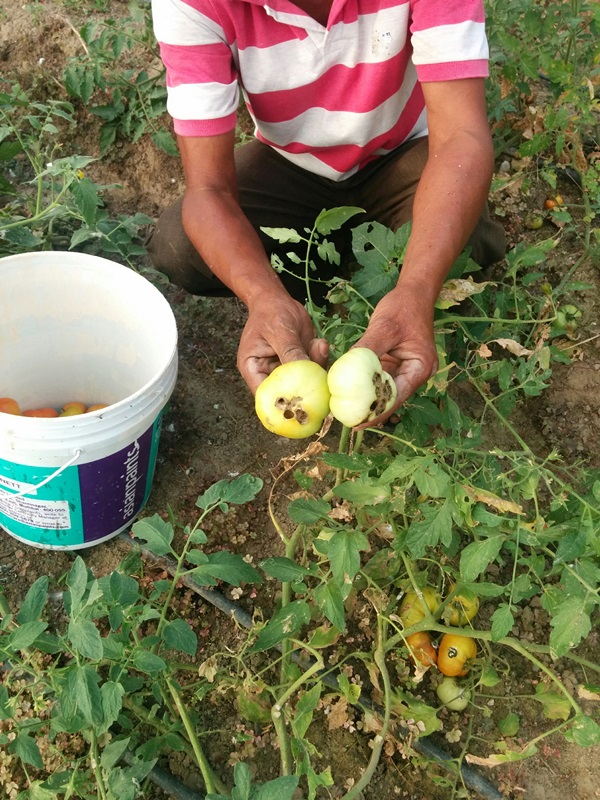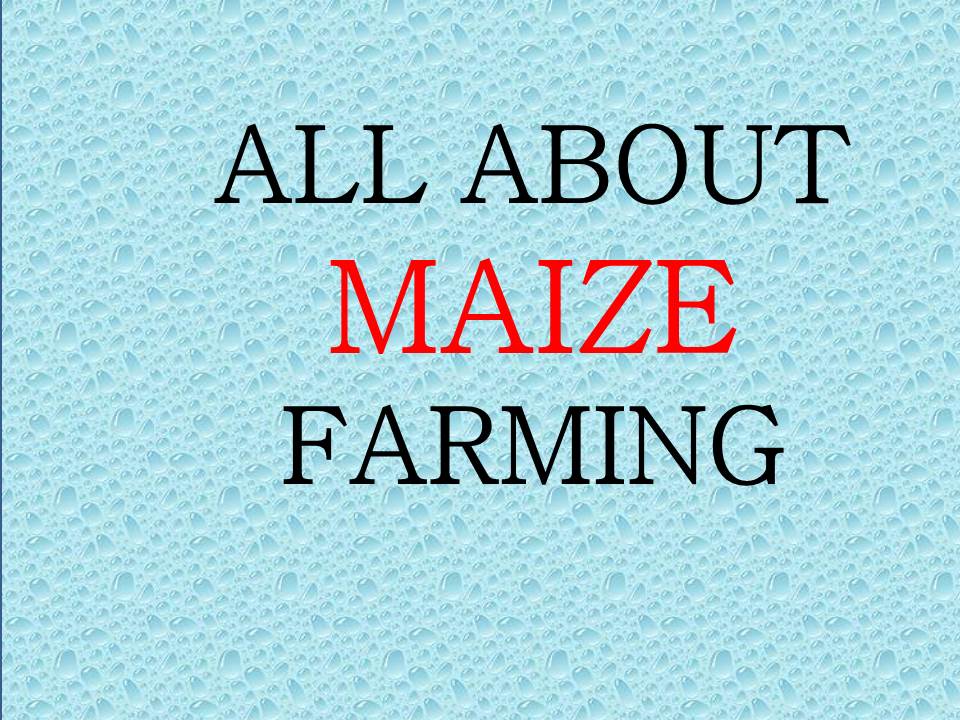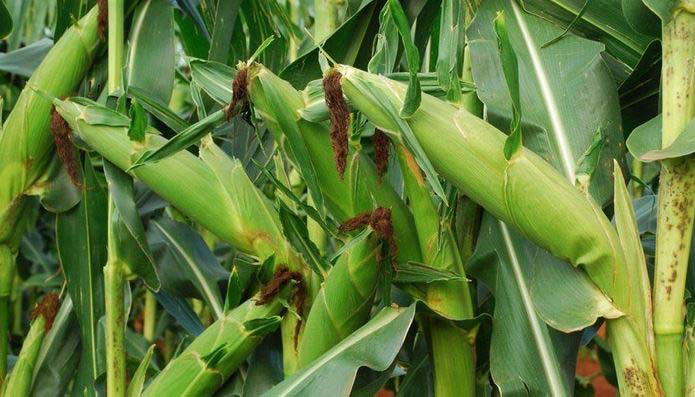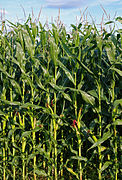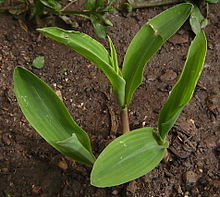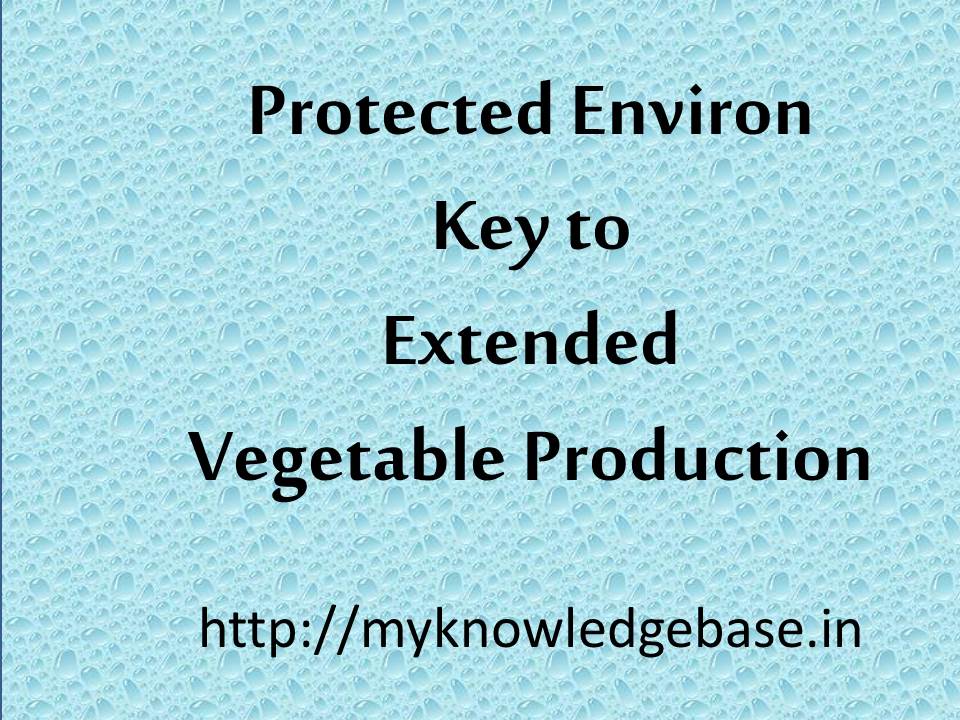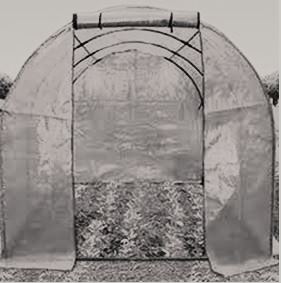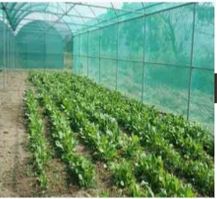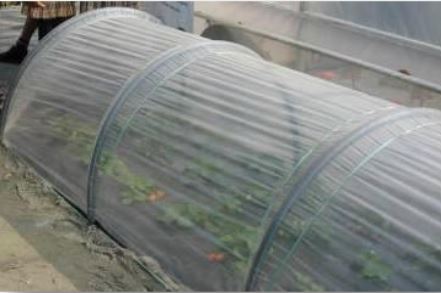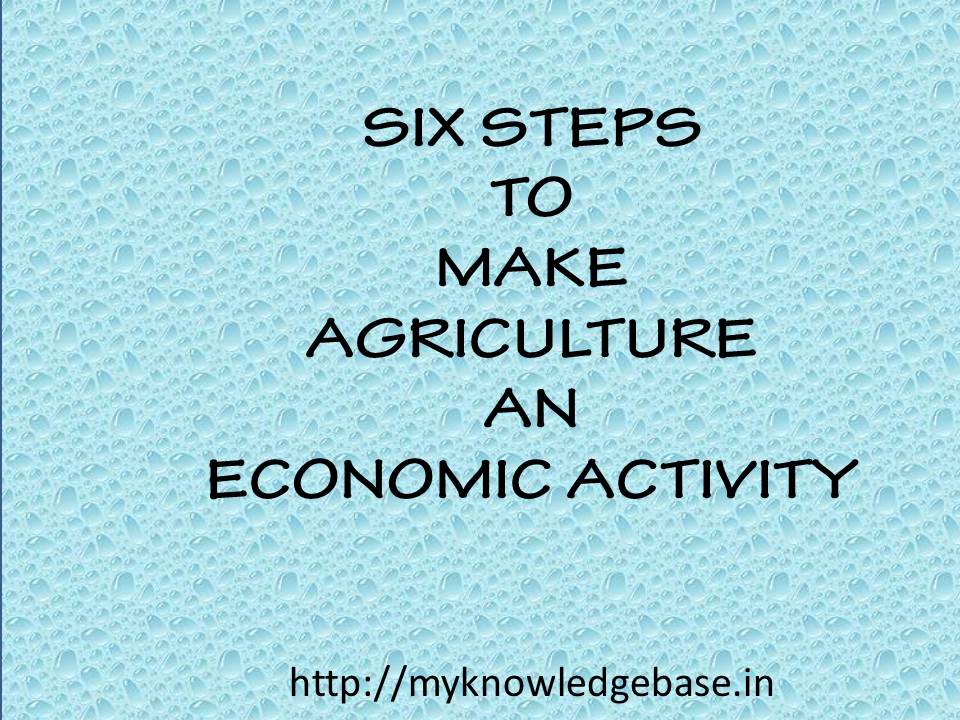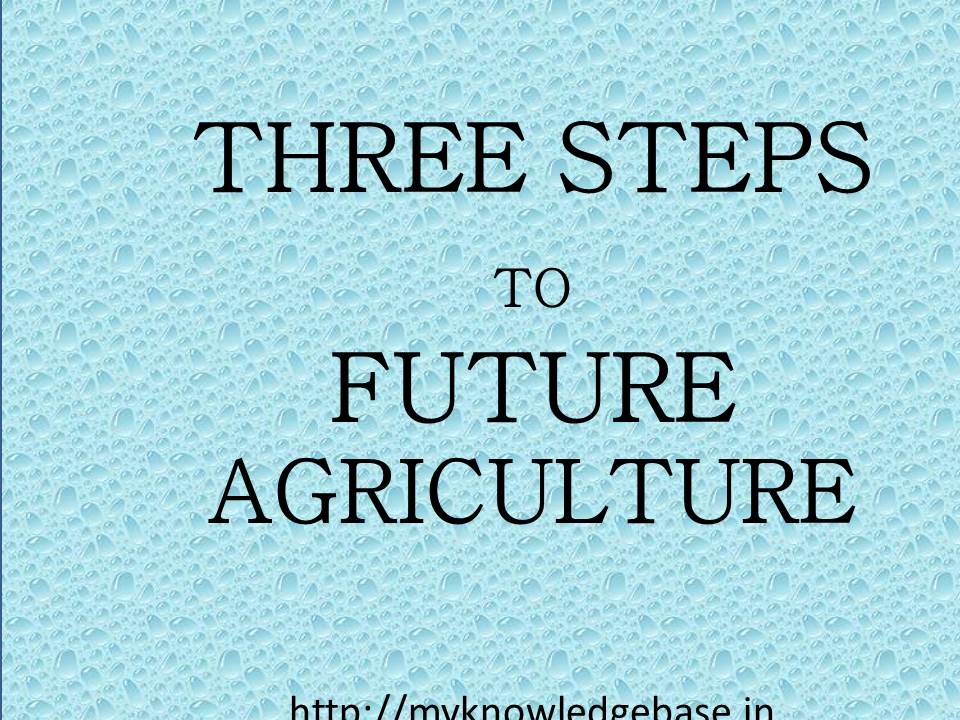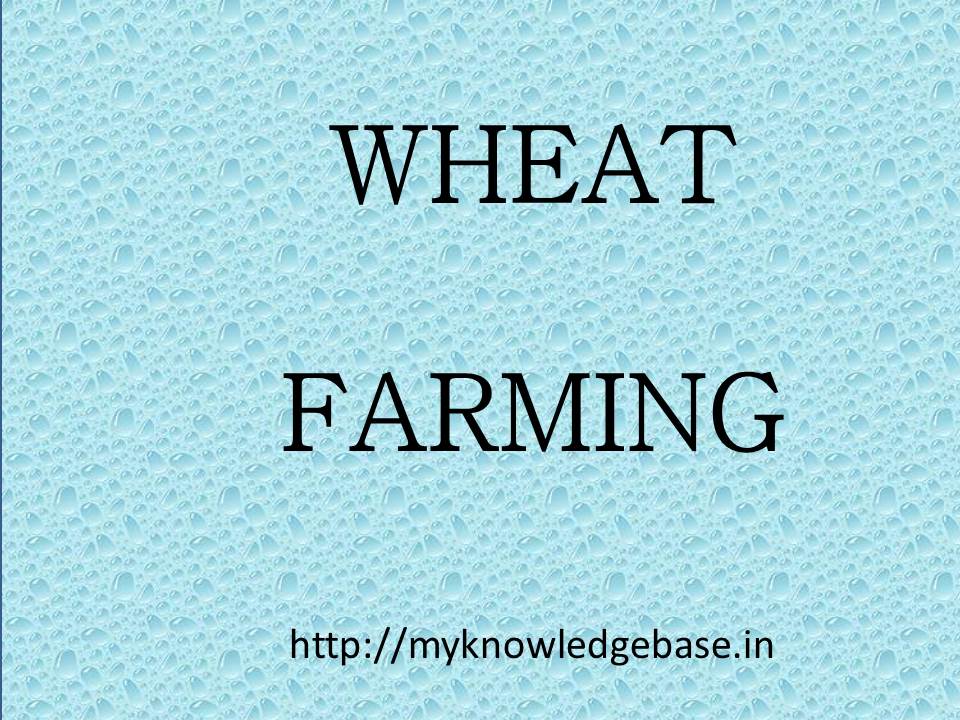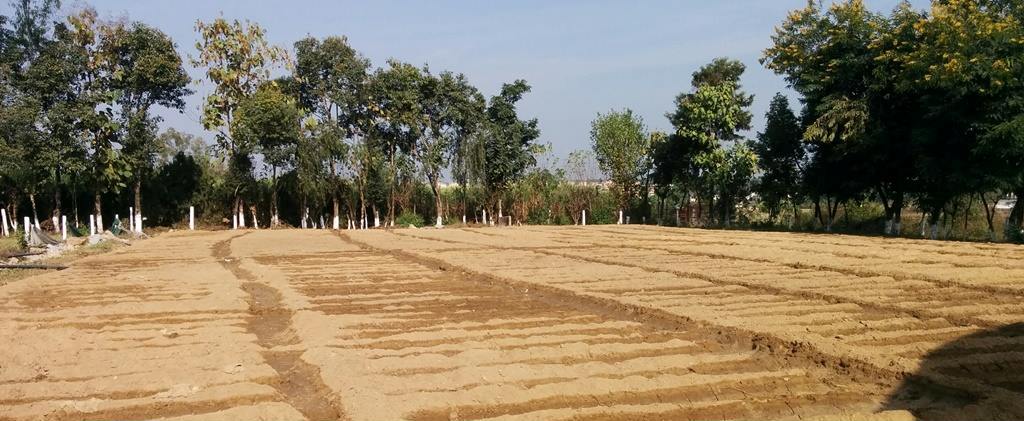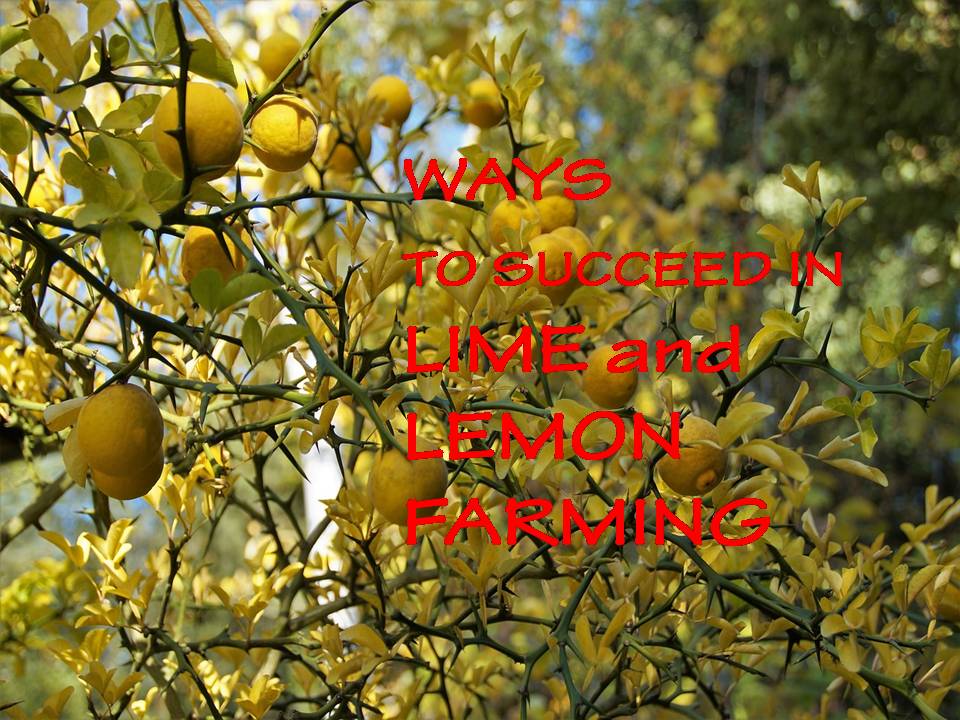
INTRODUCTION
The Lemon (Citrus limon) is a species of small evergreen tree in the flowering plant family Rutaceae, native to South Asia, primarily north eastern India. Lime and Lemon belong to the same family, but the smaller Lime is actually a predecessor of the Lemon. Limes grow well in the tropics unlike Lemons.
Lemons, scientifically known as Citrus limon, originate from Limes, Citrus aurantifolia. They were originally developed as a two-step hybrid, first between the Lime and the citron in India and Pakistan, and the second (Lime with pummelo) in the Middle East. They were introduced to Europe by Arabs in Moorish Spain in the year 400, before being introduced to Northern Africa. In 1493, Lemons were brought to the Americas by Christopher Columbus, and have been grown in Florida since the 16th century.
In 1747, James Lind’s experiments on seamen suffering from scurvy involved adding Lemon juice to their diets, though vitamin C was not yet known as an important dietary ingredient.
Lemons are grown only to a limited extent in homestead gardens. Limes are available throughout the year in some part or the other in our country. They are used as fresh fruit or for the preparation of pickles and beverages. They are rich in vitamin C, minerals and salts.
Though available year round, Limes are in the peak of their season from May to October, while Lemons peak May to August.
Suitable Climate For Lemon Growing.
Lemon can be grown under a wide range of climatic conditions. However, too hot or too cold weather is counterproductive to fruit size and flowering. Areas with dry climate and low rainfall are best suited for growing Limes. Lemons can be grown in heavy rainfall humid regions. High humidity favors the spread of many diseases. Frost is highly injurious. Hot wind during summer results in desiccation and drop of flowers and young fruits. Limes are a tropical fruit.
Soil Requirements
Lime and Lemon may be planted in medium black, loamy or alluvial soils having perfect drainage and devoid of calcium carbonate layer. Lemon can grow in all sorts of soils, but well drained sandy loam and clay-loam soils rich in humus with fairly good Potash content are best for its cultivation. The soil should be well aerated. Heavy soil should be avoided. Soils with high organic matter are preferred; FYM (Farm Yard Manure) or compost should be incorporated during land preparation. Lay out should ensure that Soil has good internal drainage.
Home hobby enthusiasts would do well to make a potting mixture of equal parts of compost, perlite and peat moss or coir. Another potting mixture may be suggested to contain of 5 parts of wood chips, one part of peat moss and one part of perlite/vermiculite.
The pH level for citrus trees between 5.5 and 7.5, are good; however they can tolerate with reduced productivity pH range of 4–9.
Propogation
Acid Lime can be propagated by seed, budding or air layer. Since it is highly polyembryonic, seedlings are true to type and resistant to diseases. Propagation by seedling is recommended. Budded plants on Jambheri (also called rough Lemon) or Gajanimma are used for planting Lemons.
Planting
Land is prepared by ploughing 3 or 4 times (or as required). The earth should not have any lumps or boulders. It should be well aerated. Pits then are dug which could be from 40x40x40 to 60x60x60 depending on the variety. The pits are filled up with Farm Yard Manure (FYM). The top soil is applied with urea and superphosphate and mixed well. Lemons need space for good air circulation; otherwise diseases may manifest.
One year old seedlings are planted into these pits. Avoid periods of heavy rains while planting. Light rains conditions are good for planting. It could be late June to early July or late September to early October.
Fertilization
Fertilizer application actually depends upon the soil of the farmer. It is recommended to have the soil and water analyzed before deciding on the actual quantity of fertilizers. As a normal practice the following fertilizers are indicated for Lemon farming.
Up to age 5 of the plant, we may give 20 kg Farm Yard Manure, 100 g urea and 1 kg Superphosphate per plant in two equal split doses in June and December every year. Fifth year onwards 40 kg FYM, 400 g N + 200 g P + 400 g K per plant in two split doses in June-July and September-October be applied. In addition, 150 g N is applied per plant 15 days after fruit set.
Micronutrients like magnesium, zinc, copper, iron, etc. may also need to be given. This should be done after careful analysis of the leaves of the tree or plant.
Trees in production stages take certain quantities of nutrients from the earth. It is required that the same are replenished to keep up the production. Leaf analysis and soil analysis combined provide valuable advice and prevents unnecessary and overdose of nutrients.
Some growers may like to give the fertilizers in three parts.
Manures and fertilizers are applied in a circular trench 20-30 cm deep about a meter wide around the periphery of the tree. Manures are thoroughly mixed with soil, and the tree irrigated profusely.
Additional Spray during production
NPK 19:19:19 plus Manganese @ 1% after 45 days of planting to invigorate growth.
Spray of zinc Sulphate @ 0.5% weekly or so after about 35 days of planting.
Farmers know that nutrigation is a constant routine for the entire life cycle of the trees. Farmers need to make a chart for this purpose. In addition to soil, nutrition would be required to be given through foliar sprays, as for example in winter’s foliar spray of phosphorous needs to be given.
Companion Plants
Marigolds, basil, calendula, carrots, peppers, onions, beans and others are some companion plants which may be grown along with Lemon/Lime trees. Plant the same in a circular area around the tree trunk for best protection.
Irrigation
Careful irrigation practices are to be put in place for watering these trees. Water needs to be sufficient but over watering is to be avoided.
Production
The trees start production from 2nd or 3rd year but maturity is in the 7th or 8th year. It takes 40-60 days from flowering for a Lemon to reach full ripeness, depending on temperature and the variety.
Weed control in Lemon Farming
Weed control needs to be an important cultural operation. Weeding, thinning and earthing up are the important intercultural operations of Lemon farming.
Shallow rooted inter-row cultivation and hand weeding may be used to minimize weeds in the inter row zone.
Spraying of weedicide may also be done. It is important to keep the spray away from the trees itself.
Pests and Diseases and Control
Some information on insects, pests and disease of Lemon is discussed below. The control measures depend upon type and intensity of the problems and also whether organic or inorganic pesticides are to be used as decided by the Farmer. For more information on pests and diseases please go through my blog on same.
- Downey Mildew: spraying Dithane M-45 at interval is recommended.
- Green Jassids: spray chloropyrofos/ dichlorvos/dimethoate/phorate/imidacloprid
- Shoot and Fruit Borer: spray endosulfan/chloropyrofos. Spread phorate.
- White Fly: spray Malathion. Drench with thimet.
- Thrips: spray imidaclorprid/chloropyrofos/dimethoate. Several sprays may be required.
- Scale insects: Spraying of parathion (0.03%) emulsion, dimethoate 150 ml and 250 ml kerosene oil in 100 liter of water or malathion@ 0.1 % or carbonyl @ 0.05% plus oil 1%.
- Caterpillar may be handpicked and removed.
- Leaf miner: Spraying of chloropyrofos @ 3ml or phosphomidon @ 1 ml or monocrotophos @ 1.5 ml. per liter 2 or 3 times fortnightly.
- Grubs are in the earth and they chew on the roots. Later on they transform into beetles and chew leaves. Imidaclorprid spray and drenching is indicated.
- Fungal diseases, brown powdery on leaves. It is advised to remove such leaves. Spray neem oil one teaspoon into approximately 10 liters of water.
- Leaf blight makes leaves turn yellow. Even though the vigor of the plant may not be much affected, plant look becomes ungainly. Remove such leaves.
- Gummosis: Scraping off the affected area and application of Bordeaux mixture or copper oxyfluoride.
- Anthracnose: Dried twigs are pruned off first. This to be followed by two sprays of carbendazim @1 grams/liter or copper oxychloride – 3 grams/liter fortnightly.
- Spray of Zineb or Mancozeb may be regularly done weekly. Leaf curl can be prevented by spray of dimethoate.
Nutritional value
Lemons and Limes share a similar nutritional profile, as we detail in the table below. These nutrients reflect what is present in a whole Lemon or Lime, not in the juice.
| 1 Lemon, 84 g | 1 Lime, 67 g | ||
| Macronutrients | |||
| Calories | 24.4 | 20.1 | |
| Protein | 0.92 g | 0.47 g | |
| Fat | 0.25 g | 0.13 g | |
| Carbohydrates (total) | 7.83 g | 7.06 g | |
| Sugars | 2.1 g | 1.13 g | |
| Fiber | 2.35 g | 1.88 g | |
| Vitamins and minerals | |||
| Calcium | 21.8 mg | 22.1 mg | |
| Potassium | 116 mg | 68.3 mg | |
| Vitamin C | 44.5 mg | 19.5 mg | |
| Folate | 9.24 mcg | 5.36 mcg | |
The nutritional benefits of Lemons and Limes are the same. Although Lemons have slightly more of some vitamins and minerals, the difference is too small to have any effect.
When to Harvest a Lemon
Lemons are ready to pick as soon as they are yellow or yellow green in appearance and firm. The fruit will be 2 to 3 inches in size. It’s better to wait until they are the right size and not worry so much about color than to wait for them to be completely yellow. Lemons that are ready to be picked also have a slightly glossy appearance. Lemon picking is better too early than too late.
Limes are harvested prior to ripening, while the lime is still green. Limes are actually yellow once fully ripe but will be bitter and not taste very good when harvested yellow. To determine whether a green lime is ripe enough for harvesting, gently twist one from the stem of the lime tree and cut it open. Harvest time is appropriate if the fruit is juicy inside.
Uses
They are used as fresh fruit or for the preparation of pickles and beverages. They are rich in vitamin C, minerals and salts.
Lemon and Lime rinds are popular in cooking.
Premade or fresh squeezed juice from the fruit may be mixed with many foods and drinks. These impart sour flavors and are liked by many persons for consumption.
The fruits’ rinds. juice and peel are used in cooking for their unique bitter flavors. Examples would be of for flavoring sauces, marinades, and salad dressings.
Also, Lemon and thyme is a good combination for marinating chicken and fish. Lime works well with garlic, as well as with chili powder for marinating meats.
Lemons and Limes are good additions to many hot or cold drinks. For example, a person can add chunks of Lemon or Lime to water to make citrus water, or they can use Lemon or Lime to flavor teas.
Due to their high acidity, these citrus fruits are also effective at killing bacteria. Because of this, a range of citrus-based cleaning products are available, from bleaches to surface cleaners.
Also, some studies have shown that the essential oil of Lemon and other citrus fruits can enhance mental state through inhalation and aromatherapy, exert antimicrobial properties, and reduce skin inflammation through the topical application of the peel.
Risks
Consuming Lemons or Limes in moderate amounts is generally safe. However, the fruits can cause a stinging pain when in contact with open wounds, such as a cut lip or a mouth ulcer.
Their high acidity also means that they may worsen heartburn or digestive issues in people with gastro esophageal reflux disease.
In large amounts, citric fruits can erode tooth enamel and cause cavities over time.
When using cleaning products that contain citrus or other irritating chemicals, use gloves and avoid contact with the skin.
Acknowledgements:
Author himself is a small farmer and has collected all information some from his personal experience and some from other sources.
- https://www.indiaagronet.com/indiaagronet/horticulture/CONTENTS/Lime.htm
- https://en.wikipedia.org/wiki/Lemon
- https://www.medicalnewstoday.com/articles/325228.php
- https://www.ncbi.nlm.nih.gov
